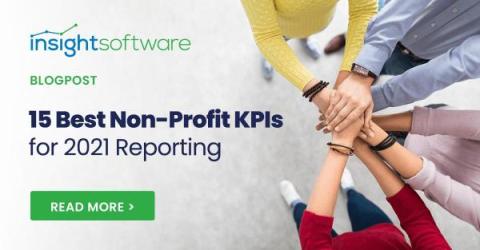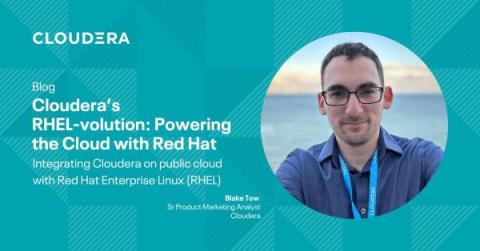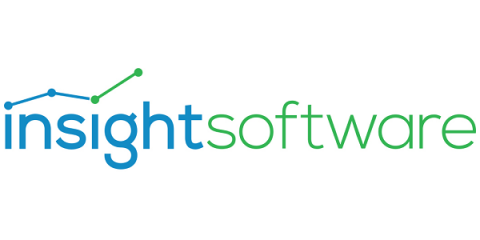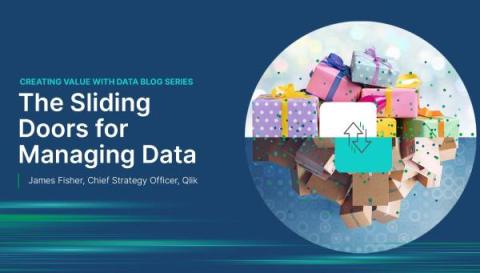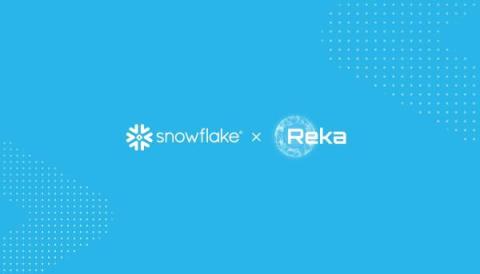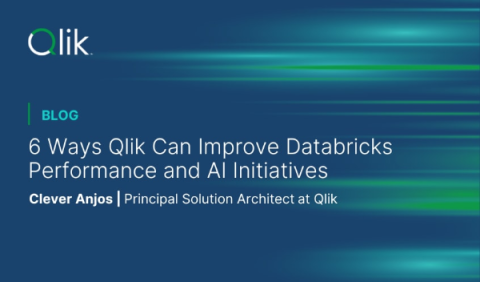15 Best Non-Profit KPIs and Metric Examples for 2024 Reporting
What is a kpi? A non-profit key performance indicator (KPI) is a numerical measurement that gauges the ability of a non-profit organization in accomplishing its mission. Non-profit metrics quantify the organization’s many endeavors in extending its impact on society. The spirit of KPIs generated for a non-profit organization is not unlike a for-profit business.


